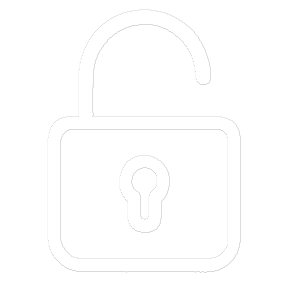Why is OT Security Important?
Prevent Operational Disruptions
Cyberattacks can cause production line shutdowns, equipment damage, and significant economic losses, leading to supply chain interruptions.
Ensure Data Integrity
Data in OT environments can be altered or exposed, potentially affecting critical decision-making, product quality, and even causing safety incidents.
Security Compliance Requirements
Global regulations are setting higher security standards for critical infrastructure. Enterprises must comply to avoid fines, penalties, and reputational damage.
OT Security Challenges
Today’s OT environments still heavily rely on legacy systems and communication protocols, which are not only prone to disruptions but also lack robust security protections.
Previously closed and isolated industrial systems are now connected to the internet and external networks, exposing them to the same cybersecurity threats faced by IT environments.
Additionally, many enterprises depend on OEMs and third-party service providers for remote management and maintenance, further expanding the attack surface and creating more opportunities for malicious actors to exploit vulnerabilities.
Lack of Enhanced Security Mechanisms
Many enterprises have not built comprehensive security protections within their industrial control systems, leaving them vulnerable to new threats brought by digital transformation.
Expanding Attack Surface
As industrial equipment becomes increasingly connected to the internet, the network perimeter continues to expand, exposing corporate assets to greater cybersecurity risks.
New Risks from IT/OT Network Convergence
Digital transformation is driving deeper integration between IT and OT systems, but it also introduces potential security vulnerabilities that are easily exploited by attackers.
Increased Remote Access Risks
Enterprises heavily rely on OEMs and SIs for remote maintenance, but without proper access control and privilege management, critical systems become more susceptible to unauthorized access or malicious attacks
NeoEdge Enhances Edge Deployment Security Across All Dimensions
Compliance with Security Standards
Complies with ISO 27017 (cloud security) and IEC 62443 (industrial control system security) standards to ensure OT/IT data security.
Integrates TPM 2.0 hardware encryption technology to provide industrial-grade data management and authentication mechanisms.
Meets Taiwan’s critical infrastructure security regulations, strengthening industry protection capabilities.
Device and Identity Authentication
Supports PKI/X.509 certificate authentication to ensure device legitimacy and prevent unauthorized access.
Enables mTLS mutual authentication to secure endpoints and defend against man-in-the-middle attacks.
Implements MFA (multi-factor authentication) to strengthen account security and prevent credential abuse.
Data Transmission Encryption
Utilizes TLS 1.2 encryption technology for secure data transmission.
Encrypts data transfers between devices and IT systems to ensure security across different environments.
Access Control and Auditing
Enforces RBAC (Role-Based Access Control) with the Least Privilege Principle.
Provides complete audit logging to automatically record all user operations and device access activities, ensuring traceability and compliance.
Supports Secure Remote Access with remote session recording and playback features for clear accountability.





